









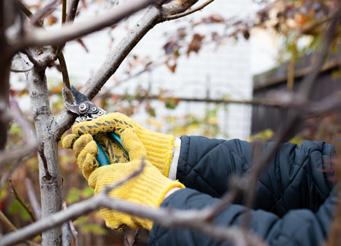
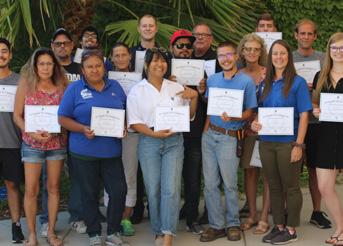































Ann Road & Simmons
2600 W. Ann Rd.
North Las Vegas, NV 89031 (702) 216-STAR (7827)
West Cheyenne & Tenaya
7330 W. Cheyenne Ave.
Las Vegas, NV 89129 (702) 253-STAR (7827)
W. Charleston Blvd. & Cimmaron
8170 W. Charleston Blvd. Las Vegas, NV 89117 (702) 360-STAR (7827)
W. Tropicana & Fort Apache 9480 W. Tropicana Ave. Las Vegas, NV 89147 (702) 278-STAR (7827)
Boulder Hwy. & E. Tropicana
5340 Boulder Highway Las Vegas, NV 89122 (702) 435-STAR (7827)
S. Eastern & Pebble
8725 S. Eastern Ave. Las Vegas, NV 89123 (702) 333-STAR (7827)
Blue Diamond & Lindell
5380 Blue Diamond Rd. Las Vegas, NV 89139 (702) 444-STAR (7827)
Pahrump, NV
Buol Rd. & Hwy. 372 911 Buol Rd.
Pahrump, NV 89048 (775) 727-5300
Commerce Cir. & Pioneer
549 Commerce Cir.
Mesquite, NV 89027 (702) 613-4770
Star Nursery has been privately owned and operated for 39 years. We are proud to be the premier garden center for all your landscaping needs. Currently, we operate in Southern Nevada, Southern Utah and Northern Arizona with a total of 16 Garden Centers and 9 Decorative Rock Yards. We cater to both residential and commercial clientele.
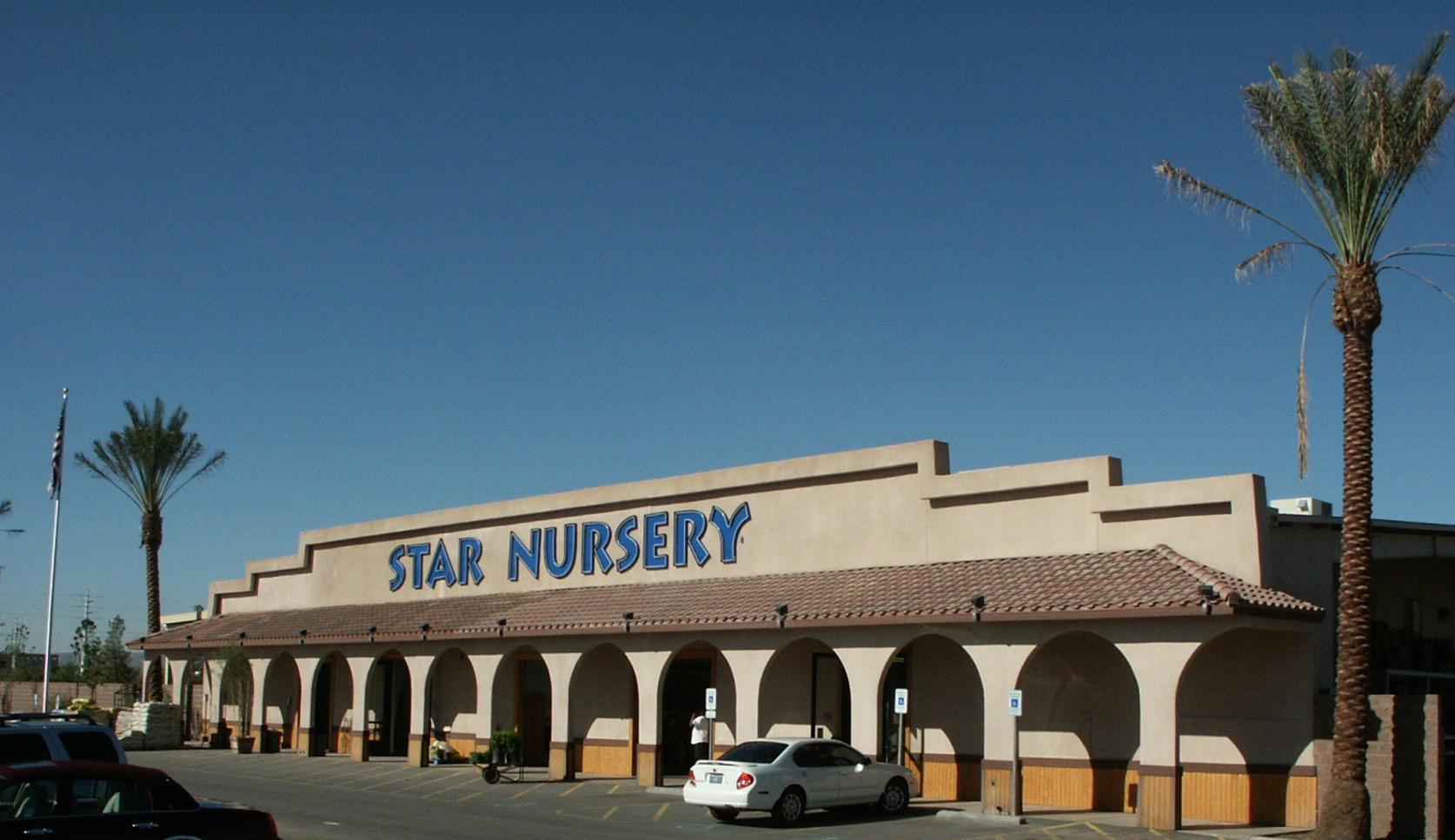
Star Nursery offers the best in garden supplies. From a large assortment of trees to shrubbery, drought tolerant plants, succulents and houseplants, we have landscape material to suit anyone’s lifestyle. We offer the largest and most complete line of products that include irrigation supplies, gardening accessories, yard tools, succulents, houseplants, pottery and our very own exclusive line of Dr. Q’s Garden Products. This line of products consists of soils and fertilizers that are specifically formulated to help you succeed with your gardening efforts in the Southwest Region. We also carry a selection of hardscape products ranging from flagstone and pavers to decorative rock and bulk soils.
Find everything you need to maintain a beautiful landscape or garden space. We pride ourselves in giving our customers the right price and best advice.
Sunset Blvd. & Bluff St. 1145 W. Sunset Blvd. St. George, UT 84770 (435) 688-STAR (7827)
Dixie Dr. & Gubler Ln. 1335 S. Dixie Dr. St. George, UT 84770 (435) 674-STAR (7827)
Washington, UT
Telegraph Rd. & 500 W. 385 W. Telegraph Rd. Washington, UT 84780 (435) 986-0820

1st 5th 12th
Poinsettia Day 21st
1st Winter Solstice
• If you want to add color to your landscape, add: Pansies, Snapdragons, Stock, Cyclamen, Ornamental Cab bage, and Kale are all cold hardy plants that thrive in cooler conditions.
• Remember, as the weather gets colder start your water ing cycles between 9am and 10 am. Do not water over night.
• Protect your sensitive palms and other frost tender plants by wrapping or covering with burlap or N-Sulate when frost is predicted.
• Cover the plant roots with organic mulch as added protection.
• Protect pipes and pool components by wrapping or covering with insulation materials. Try our convenient PVB Protectors for above ground backflow prevention devices.
• It is important to check houseplants more often for proper moisture. As you start to run your heaters more,
you will find your houseplants needing more water.
• Protect tender succulents and cacti from cold by cov ering them with burlap or N-Sulate.
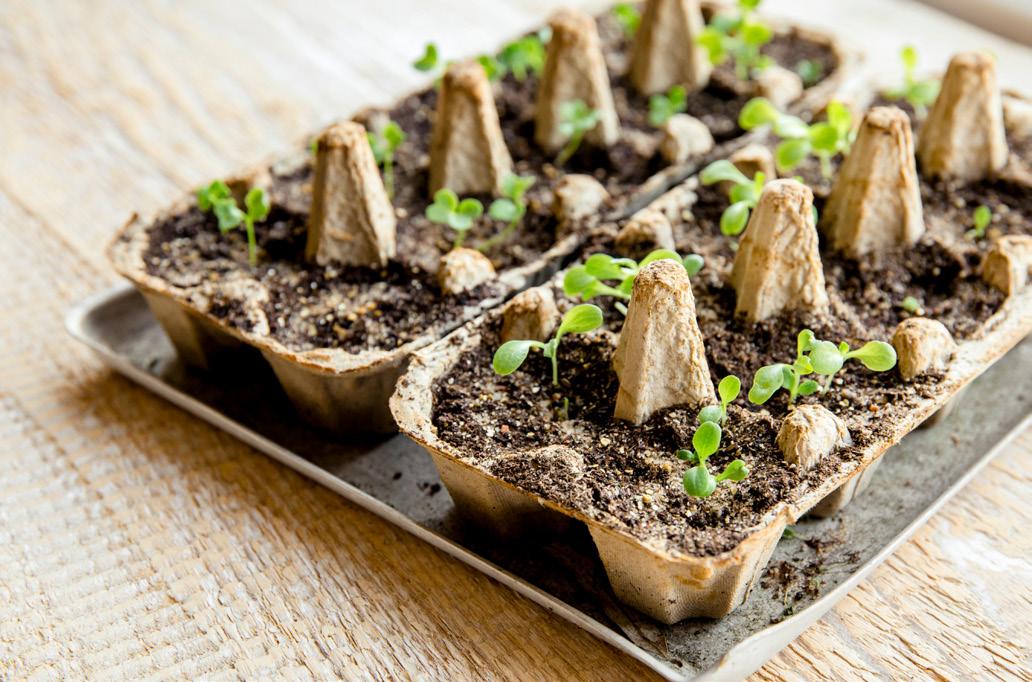
• To maintain good green color on your lawn this winter, fertilize with a product like Dr. Q’s Winter Gem cool season lawn fertilizer.
• Consider growing Rosemary, Thyme, Oregano, Savory and Sage indoors, giving them as much light as possible.
• Make sure to prune your dormant fruit trees and roses! Don’t forget the Rose Potion to wake your roses up two weeks after pruning. A mixture of Super Phosphate, Epsom Salt, Cottonseed Meal and Soil Sulfur.

• Protect deciduous fruit trees from disease and insects by
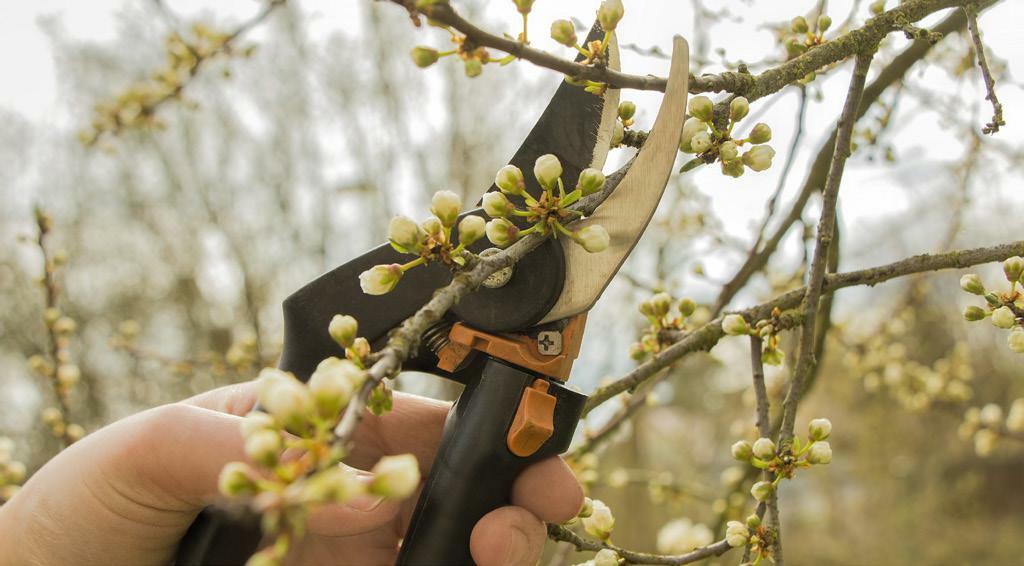
using Liqui-Cop and Horticultural Oil sprays. Keep old leaves, twigs and debris cleaned up. This is also a good time to re-paint fruit tree trunks to protect them from sunburn or you can use a Tree trunk wrap by DEWITT.
• Start warm season vegetables seeds in indoor trays so they will be ready to set when you start your spring garden. These include tomatoes and peppers.
• Protect citrus trees if a hard freeze is in the forecast (anything below 32°F). Cover foliage with burlap or other breathable fabric overnight and uncover during the day. Water regularly as hydrated plants will better withstand freezing temperatures and icy winds.
• Grey aphid populations explode in the winter. Try Bio Advanced Rose and Flower Insect Killers to gain control.
• Early spring is a great time to prepare your vegetable and flower beds for planting. For each 100 square feet of soil, sprinkle in four pounds of Dr. Q’s Stardust and treat soil with Dr. Q’s Ironworker. Top this off with three inches of Dr. Q’s Paydirt Planting Mix & Mulch or other organic mulch. Mix it together well and then water.
• Plant your early spring flower seeds like African Dai sy, Carnation, Delphinium, Gaillardia, Gloriosa Daisy, Hollyhock, Larkspur, Lupines, Nasturtium, Phlox, Shasta Daisy, Snapdragon, Sweet Alyssum and Verbena.
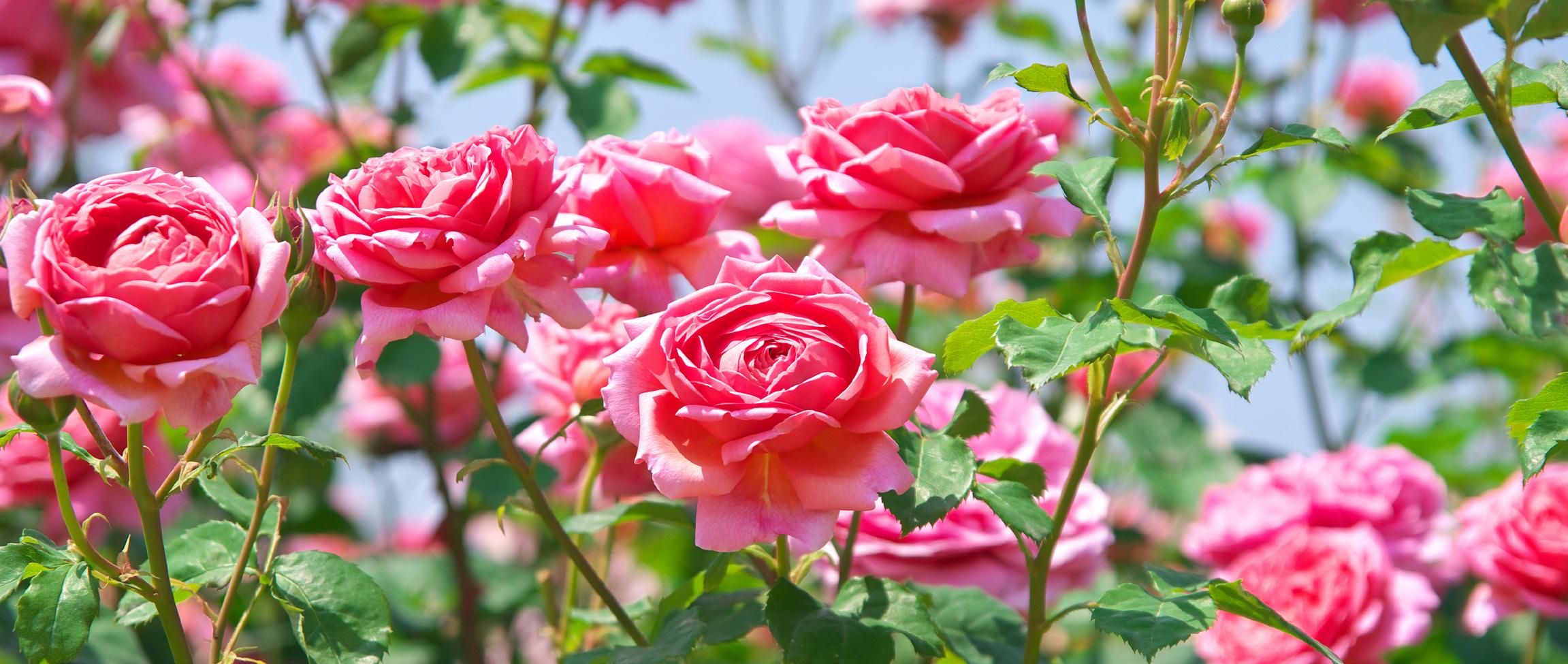
• Powdery mildew may appear on new plant growth, take a walk around your yard and look for it on your plants. You can prevent this by keeping sprinkler over spray off your shrubs. Treat infected plants with cop per-based fungicide like Liqui-Cop
• Pep up your houseplants and get them ready for spring
by repotting them into larger containers. Use a high-quality potting soil like Dr. Q’s Filthy Rich Gold Potting Soil and a good indoor plant food like Dr. Q’s Plant Tonic.
• Warmer weather that turns into an early false spring can be expected, but this doesn’t mean we’re out of the woods for possible freezes. Keep an eye on weather forecasts be prepared to cover those frost-tender plants when the warnings come.
• February is fertilizing time for deciduous fruit and shade trees. Use Dr. Q’s Tree, Shrub & Vine Food per bag instructions.
• Fruit trees, including pecan trees and grape vines need extra zinc. To help them produce their best, use Dr. Q’s Fruit & Nut Tree Food
• Prune Bougainvillea, Wisteria, and Trumpet Vines before they bud or send out foliage. Consider a “hard pruning” to rejuvenate and retrain.


As we move into colder months, gardeners must protect their garden to help their plants survive freezing temperatures and prepare for new spring growth. Pipes and irrigation systems will also need to be protected, as the cold can cause pipes to freeze, which will expand the valve system until it bursts. To prevent frost damage, be sure to start preparing now. It’s always better to be prepared before the first freeze arrives, rather than waiting until it’s too late!
To protect plants, gardeners should stock up on insulating material to help keep their plants warm. When temperatures drop below freezing, burlap or N-sulate can be used to cover plants to keep them from being exposed to extreme cold tempera tures. Both covers are a breath able material, meaning the plant won’t be stunted while covered. Be sure to monitor daytime temperatures, as the cover may need to be removed if temperatures are higher than


32 degrees Fahrenheit. To protect root systems, add a layer of mulch that is at least two inches thick. A good layer of mulch will help to insulate the root system, keep ing it warm. When adding mulch to your garden, avoid piling mulch against tree trunks or plant stems, as this can provide a bridge for pests to harm the plant. Instead, cover the area in a donut-like shape. Great mulch options include organic compost, Dr. Q’s Premium Paydirt Planting Mix, Forest Gro, or Top Dressing. When picking your mulch, we highly recommend Paydirt, as this mulch has been specially formulated with peat-moss and compost. Paydirt also serves as a great soil amendment because it can help improve our poor soil composition. Additionally, it will deposit nitrogen and other helpful nutrients to your garden once it starts to break down.
In addition to insulating plants and their root systems, gardeners should slow their watering schedule to one day per week from November to February. Not only are gardeners mandated by the Southern Nevada Water Authority to restrict watering, but over-watering

during the winter months can increase chances of cold stress on your plants. By restricting water, plants will go into a period of rest and produce less tender, new growth that might be damaged by cold temperatures. If you have cacti in your yard, be sure to give them one good, deep watering in November, then don’t water again until Jan uary or February.


Once you’ve finished prepping your garden for frost, be sure to prepare your home! Pipes and irrigation systems will need protective covers that will prevent
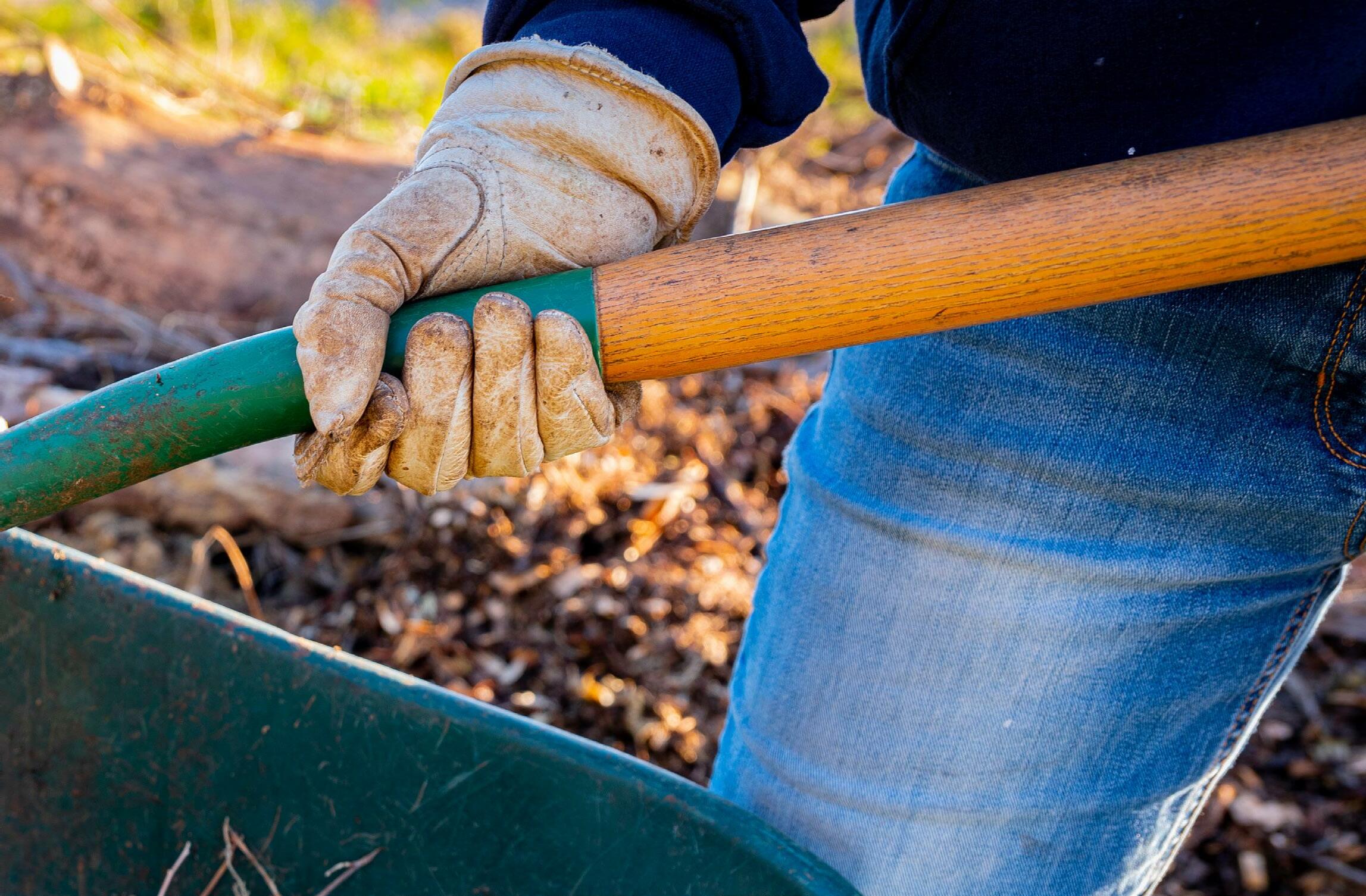

bursting and extra repair costs. There are many types of protection that you will need, including faucet protectors, hose faucet protectors, tube insulation, foil wrap, and/or PVB protectors. To determine which protector is right for your needs, be sure to speak with a Star Nursery team member. Additionally, if using a gardening hose, be sure to drain it completely, as extra water can cause a build-up of ice, which will inconvenience you the next time you go to use it.
When anticipating freezing temperatures, re member that it is always better to be safe than sorry. Stock up on frost protection now! Be sure to grab burlap, mulch, and pipe protectors at your favorite Star Nursery. Ensuring that you are prepared for winter, will allow you to reap great rewards during the spring months because your properly protected plants will grow bigger and bet ter than ever!
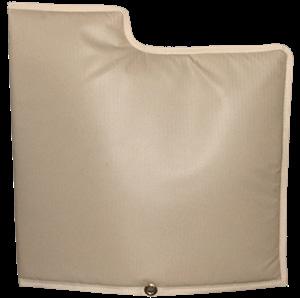
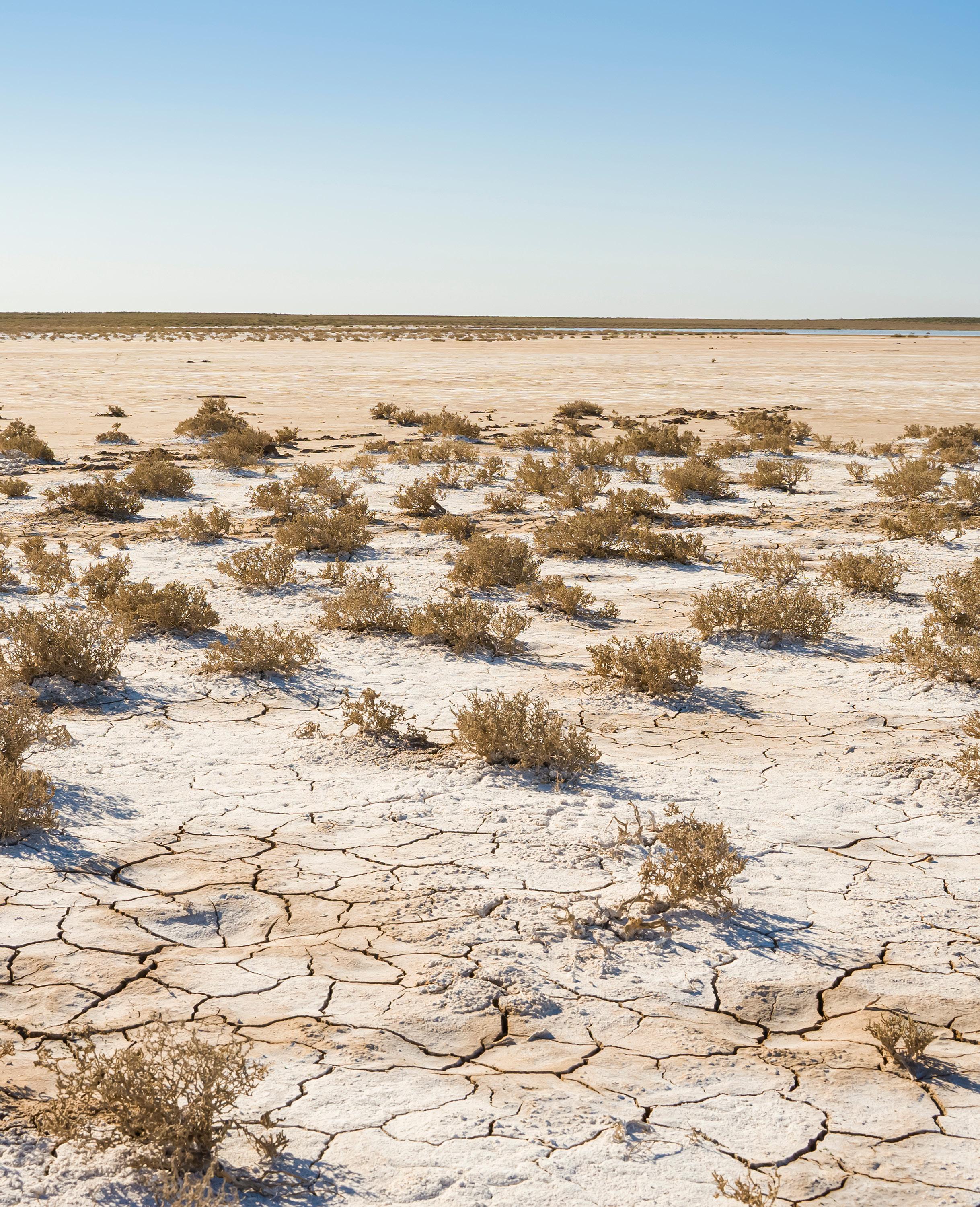
Gardening in any region can present a unique set of challenges, and southwest gardeners can tell you that the desert is dry! Our arid climate receives little amounts of rainfall, which causes little vegetation, low fertility, and salty, alkaline soil. When choosing to grow non-native plants, gardeners must properly prepare their soil before planting to ensure that they are offering the right growing conditions to the plant.
One thing that gardeners around the world com monly monitor is the pH level of their soil, since slightly acidic soil will allow for maximum nutrient availability and uptake. In the Mohave Desert, our soil typically has a high pH level (>8.0) due to high amounts of caliche*. At higher pH levels, some nutrients can become insoluble, meaning the plant won’t be able to absorb nutrients that are essential for healthy growth.

*Caliche is a build-up of calcium carbonate, which has leached into our soils over millions of years through limestone weathering.
Although desert soil has a naturally high pH level, gardeners can lower the pH by adding elemental sulfur. When oxidized, elemental sulfur will convert to sulfuric acid, which will break down caliche and make the soil more acidic. When applying elemental sulfur, use 15-20 pounds of Dr. Q’s Soil Sulfur per 1,000 square feet, then till about 6-8 inches deep. Avoid applying sulfur in the hot, summer months and avoid using am monium sulfate, as it will not cause the correct chemical reaction.
In addition to high pH levels, desert gardeners must also work to combat the low levels of organic mat-
ter in the native soil. Organic matter will help to improve the health of any plant because it improves soil structure and moisture retention, moderates soil temperatures, and offers more nutrients. Two excellent forms of organic matter are peat moss and compost. Peat moss is a fluffier material and can improve drainage, while compost is decayed organic material that will add essential nutrients to the soil. Luckily, this combination can be found in Dr. Q’s Premium Paydirt Planting Mix, making it the ide al soil amendment to use in your landscape.
When amending your soil, be sure to create a 50/50 mix of native soil and your chosen amendment. While it is beneficial to add organic matter to your soil, it would be counter-productive to only grow your plant in organic matter. To offer your plant ideal growing con ditions, there should be a good mix of many types of materials, including the clay, sand, and silt that naturally exist in the native soil.
Gardening in the desert can be challenging for both novice and advanced gardeners, but with the right information and tactics, these challenges can be overcome. Because our native soil is so poor, taking the time to improve it will make all the difference and your plants will thank you! By lowering soil pH and adding more organic matter, your plants will experience overall better growing conditions, helping them to establish themselves for many beautiful growing seasons to come.

As freezing temperatures arrive, many outdoor plants will go into a period of dormancy to conserve their energy and prepare for new spring growth. As plants rest, gardeners can sit back, relax, and enjoy the warmth of their own home. With so much time spent indoors during the colder months, you might consider sprucing up your space with a bit of greenery! House plants are always a great way to bring nature inside, but there are also many seasonal indoor plant options that can brighten up your home!
Like outdoor plants, houseplants can also ex perience a period of dormancy during the winter months. In their native environment, houseplants do not go dormant because tropical areas do not experience the same dry, cold winters that we experience in the desert. Because we naturally experience drier growing conditions, your houseplant is likely to go dormant this winter. During the dormancy period, be sure to hold off on repotting, as doing so can cause your plant to go into shock. Additionally, houseplants require less water
during their dormancy period, so be careful not to overwater, as it can easily lead to root rot and/or leaf wilt.
On the other hand, if you’re an avid houseplant enthusiast and love to watch your houseplants grow, you might consider creating a pseudo summer environ ment to extend the growing period. To do so, you will need to take steps to mimic its native, tropical environ ment by increasing temperatures and humidity. The ideal growing conditions for most houseplants are around 65-80° F with 40-70% humidity. To keep your plant in this condition, position your houseplant near a south or west facing window in your home where it will receive indirect, afternoon sunlight. Additionally, check to make sure your houseplant is not placed near a heater vent or cold draft, as this can cause dry growing conditions, which is the opposite of a tropical environment. Other tricks to increase temperature and humidity are to simply raise your thermostat and use a humidifier near your plants!

This Winter, skip the freezing temperatures and bring nature inside!
So long as your houseplant has enough heat and humidity, you can add Dr. Q’s Plant Tonic, a liquid fertilizer that will speed up the growing process. However, if your houseplant is in a cold, dry area, adding fertilizer will only add stress to the plant. So, it is important to offer the correct growing conditions if you plan to fertilize.

Other than traditional houseplants, you can brighten up your space with seasonal indoor plants such as Poinsettias, which are widely used as winter holiday decorations, and can add a bright pop of color to your home! As a member of the Euphorbia genus, they’re easy to grow indoors and tolerate low-light growing conditions. When growing poinsettias in your home, the easiest way to keep your plant healthy is to use a moisture meter. Poinsettias prefer moist soil, but it is easy to overwater or underwater. By using a moisture meter, you can guarantee that you’re offering the right amount of water to extend its life through the holiday season.
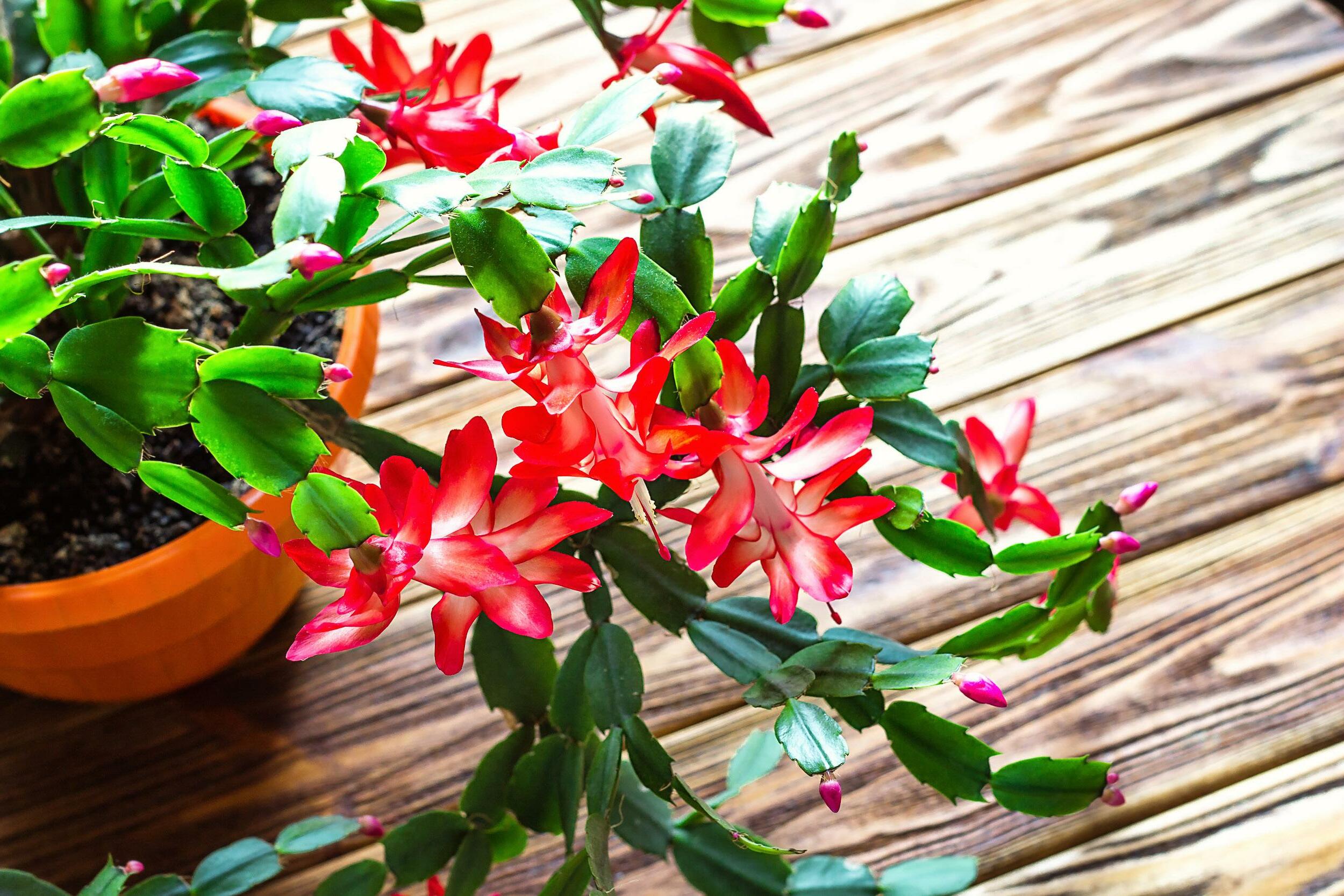

Winter is a season of celebration, gratitude, and our personal favorite - rest. One of the most important tasks to complete in the late winter months while your plants rest before spring is pruning. While it may be a daunting task for a new gardener, pruning is crucial for the health of your plants and should be performed annu ally. For all deciduous plants that lose their leaves in the winter, the best time to prune is in January and February. At this time, all the leaves will have fallen off while the new buds haven’t yet begun to swell. Our focus will be on pruning roses, fruit trees, and deciduous trees but before we get started, let’s go over what you’ll need to be successful.
In general, pruning is defined as the removal of unwanted plant parts whether it be for aesthetic or main tenance. Pruning includes removing dead, damaged, and diseased plant parts that may be causing excess stress and energy loss for the organism. The practice is also used to control the size and shape of your plant, to train young plants, and to influence fruit or flower production.
To safely prune trees and large branches, it’s important to follow the “ABC” pruning approach. This technique consists of 3 cuts. The small initial “A” undercut is made a few inches outside of the desired branch’s collar. Next, the “B” cut is made to remove the limb above the “A” cut. The final “C” cut removes the stub by cutting under the “A” cut just outside the branch collar. Follow ing this pruning technique will prevent the branch from “ripping” the bark off the tree. When ripping occurs during pruning, the consequential open wound leaves the plant susceptible for pest invasion and disease. Uti lizing the “ABC’’ cut minimizes these types of damages. This cut also ensures your personal safety as you cut away the branches.

Your equipment will need to be sterilized and sharpened before and after pruning. You can clean your tools with alcohol or a 10% bleach/ water solution or use a safe cleanser of your choosing. In doing this, you are protecting your plants from any harmful pathogens that could be transmitted from your tools. Once you’ve finished pruning, it’s important to thoroughly clean up the surrounding area. Leftover debris contains insect eggs and fungus spores that can rapidly infect plants when temperatures rise. If you’re interested in composting, save only the organic pruning scraps that are disease and fungus free. If you’re unsure if the clippings are safe to compost, it’s better to recycle them another way.
Rose bushes are a popular plant that you’ll want to heavily prune annually in late winter. Start by stripping your roses of any remaining leaves so that the plant is forced into dormancy so that it can conserve its energy. Without dormancy, the flowers and leaves will grow smaller in size and the plant will weaken. Once all the leaves are stripped away, begin removing the dead or damaged wood and crossing branches. Twig-like branch es (pencil size or less) should be removed from the center in order to make room for new growth. You’ll also want to leave 4 - 6 canes, evenly distributed around the main stem while cutting back all remaining stems 2 to 2 1⁄2 feet. The canes that you keep should be newer and larger than the ones you prune away. Every cut you make should be made at a 45° angle about ¼” above a dormant eye or bud. For older rose plants, remove 1⁄3 of the large, bleached out, and splitting canes leaving room for healthy new ones.

pruners to give those canopies a trim. The same basic principles for pruning apply to all plant life. Focus on cutting back dead or damaged branches and thinning out the canopy. While cutting back the canopy on your de ciduous shade tree, try to make your cuts at a 45° angle about ¼ inch above an outside leaf, bud, or stem. This will prevent moisture from sitting on the cut end which could otherwise cause fungus or rot-related issues. Make sure that the angle of the cut slopes downward on the opposite side of the system from the bud, which will prevent sap from covering the bud.
Rose trees should be cut in the same way as com mon rose bushes but not as heavily. Avoid pruning climb ing roses their first year and thin and shape them annu ally in the following years. For all other rose varieties, prune back dead and damaged wood while thinning out the center. Thinning the center will allow for better airflow and limit the amount of “trapped” moisture which often leads to fungal diseases and mildew. Remove any new growth or stems appearing below the primary bud union. These isolated stems are called “suckers” and clearing them will help your roses designate their energy back to the larger cones. Roses are amazingly forgiving so should you make a mistake; they’ll eventually grow out of it.
Shade trees and fruit trees are yard favorites that will also need pruning in the late winter months. Once their leaves are off the branches, head outside with your
If your landscape contains any fruit trees, there are a few key points to keep in mind as you prune them this winter. For one, the crops of a fruit tree sprouted from previous years’ or older growth. Roses, in comparison, bloom on new growth. As we prune fruit trees, our focus should be to remove dead and damaged growth, control the size and form of the tree, influence fruit production, and reduce stress. To do this, make clean cuts close to the main stem to remove branches. Shorten longer branches by making 45° angled cuts just above an outward facing bud. In doing this, you’ll allow your fruit tree’s branches to become thicker and stronger while also increasing the number of new branches. By thinning and shortening branches, you accomplish two very important objectives. For one, opening up the canopy increases the amount of sunlight and air flow your tree will get. Sec ondly, you reduce the number of fruits that can develop so that the upcoming crops are larger and better quality. When you’ve finished cutting back branches, shape the tree so that it has an even distribution of larger branches spaced around the main trunk and then you’re done!
For more information on pruning, sign up for our winter pruning seminars! Taught by Dr. Q and Joey Lynn, you’ll be able to watch pruning demonstrations and ask our experts your questions.
let your go wild.

In the middle of the city, there’s a place with 180 acres of adventure, where wild minds are free to explore and connect with nature. Here, families can traverse hiking and bike trails, participate in hands-on classes, jump on a train ride, wander through an 8-acre botanical garden, and much more. A yearly membership makes it an affordable experience you can’t find anywhere else in Southern Nevada.
ADVENTURE IS RIGHT AROUND THE CORNER. Plan your next visit at springspreserve.org.
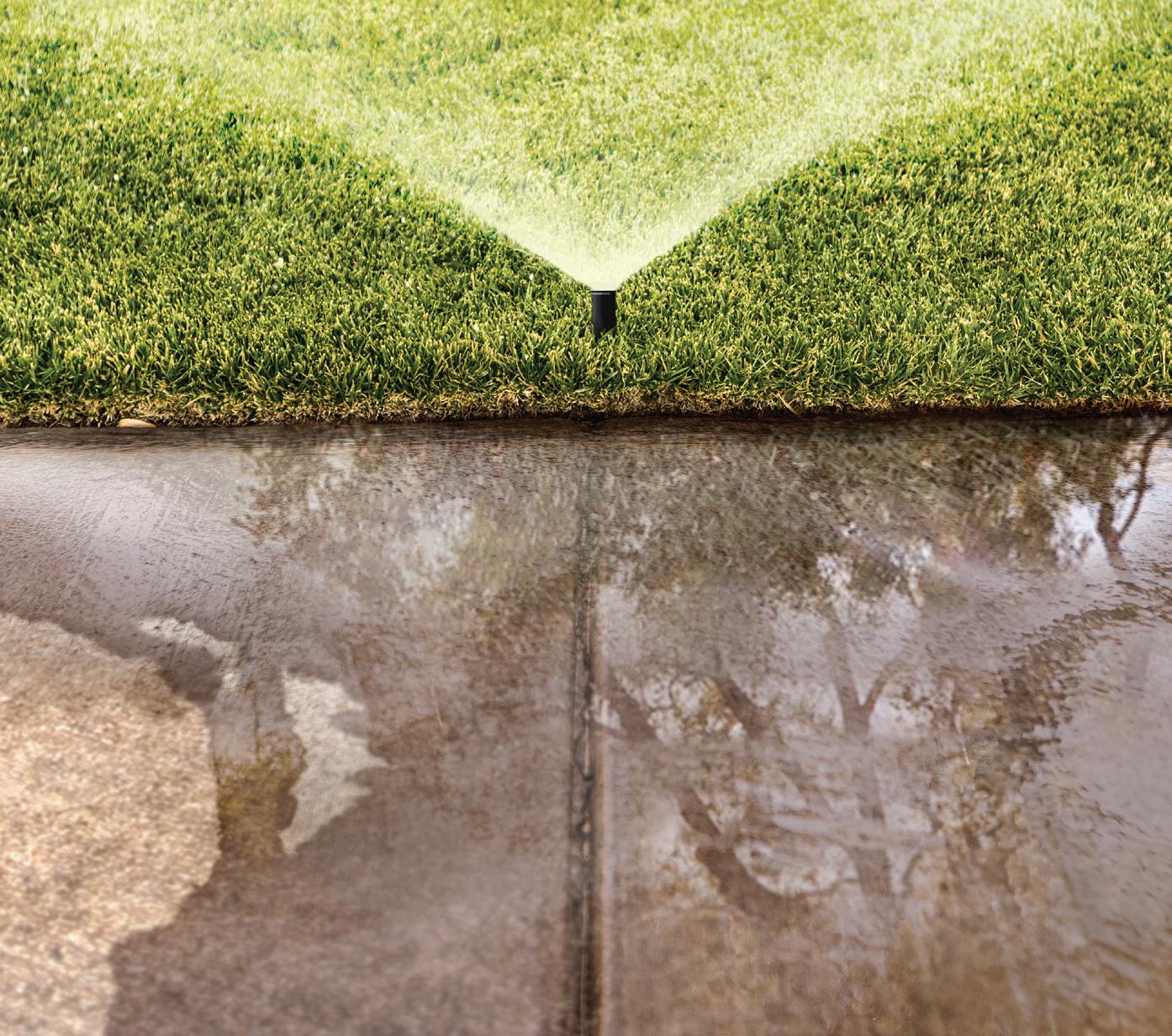








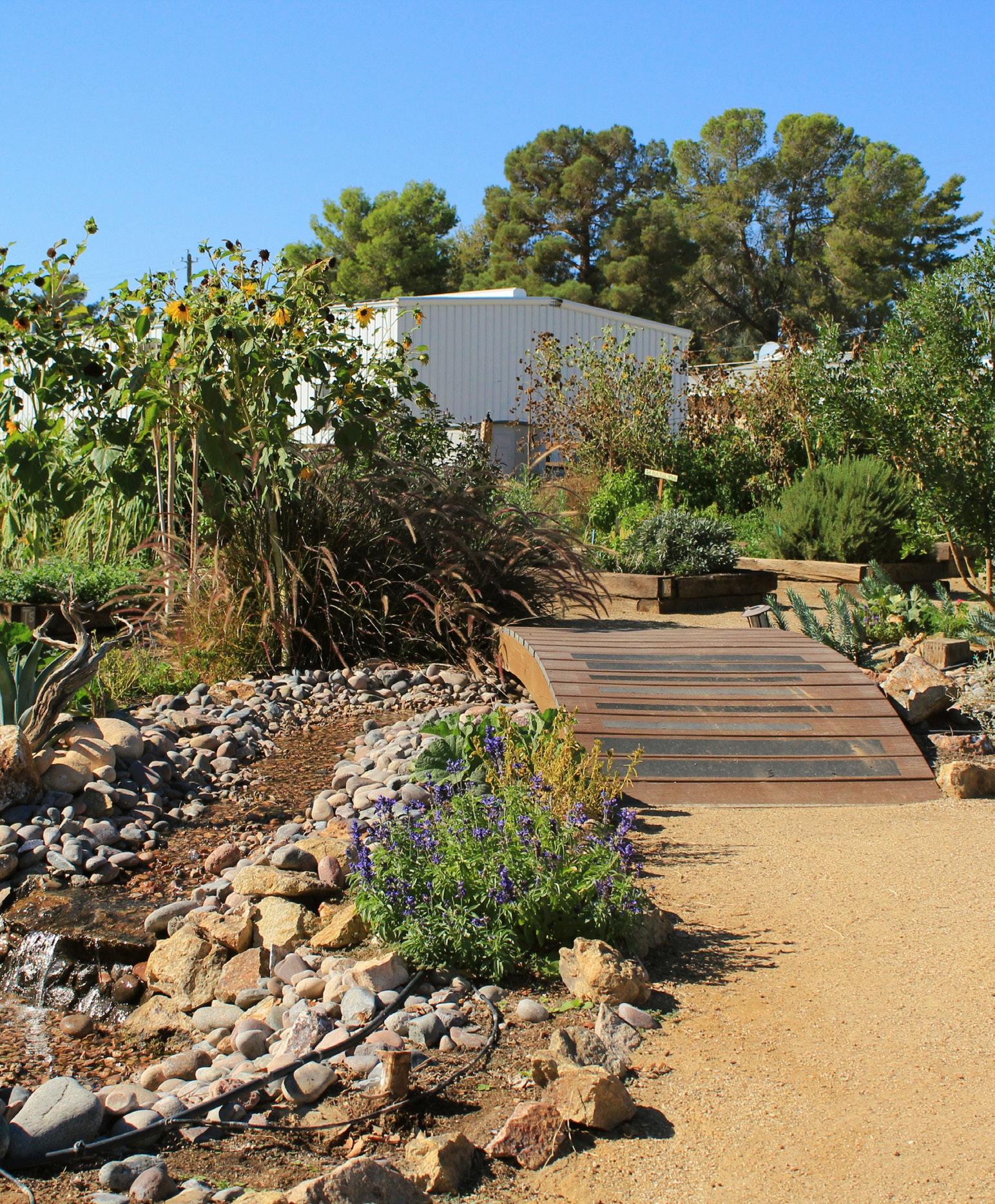
Several years ago, Charles Bennion was jog ging through his neighborhood and realized he was unfamiliar with the members of his community. De spite living in the area for some time, he had yet to connect with the community and wished to do so. After some deliberation, Charles began dreaming of creating a space that would bring the community to gether, and eventually decided to build a community garden. While running, he scouted several locations and discovered that the El Jen Nursing Home had a large, unused plot of land next to the building. After a quick introduction and meeting, Charles had found the spot where he would build his dream.
Soon after finding a suitable location, Charles began crafting a master plan for the garden with the
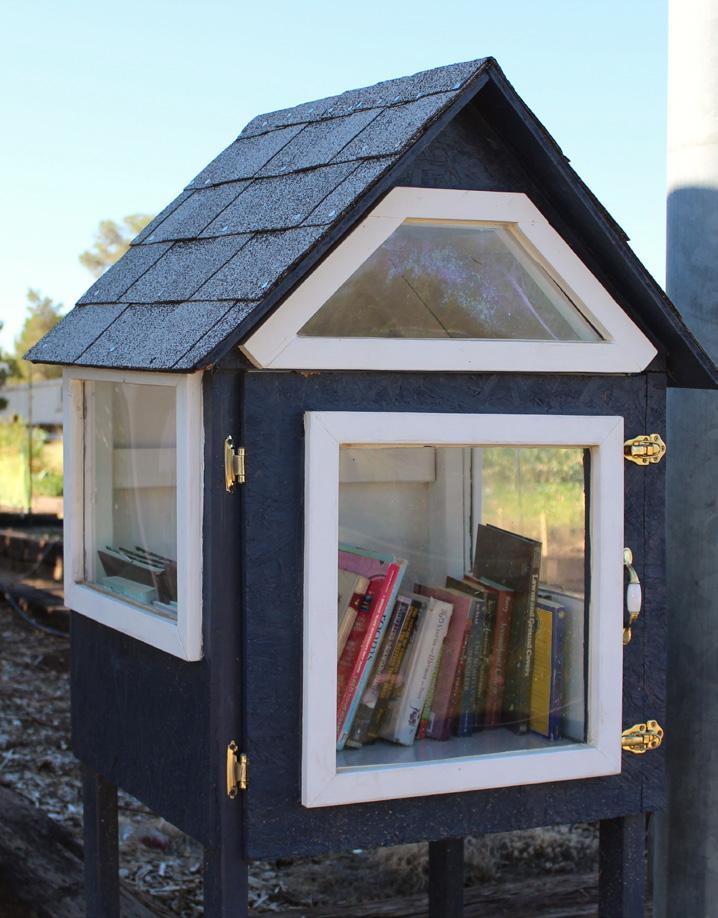
help of Bryan Vellinga, owner of Garden Farms in Las Vegas. Because Charles’ goal was to build a gar den that would bring the community together, he de cided to create a volunteer-based garden, rather than renting out individual garden beds or hiring workers. In this way, the garden encourages community par ticipation, teamwork, and meaningful connections. To ensure that the garden is accessible to everyone, Charles incorporated many gravel paths to provide an even, flat surface for elderly and disabled garden ers. With a solid plan, Charles believed that the San Miguel Community Garden would become a place where community members would come together to enjoy its beauty, share a common hobby, take a walk, or gather for events.

Each year, the garden incorporates new plants that are requested by community members. This year’s newest crop additions include tomatoes, blackberries, okra, basil, rosemary, mint, thyme, sage, garlic, cilan tro, parsley, tomatillo, and many more. Experimental crops, such as kiwi and passion fruit, are also grown in the garden to provide a fun learning experience. Adjacent to the garden beds, there stands over eighty plentiful fruit trees offering produce year-round. In addition to edible plants, the garden also incorporates many desert-native and desert-adaptive plants includ ing lantana, Red Fountain Grass, Mexican Petunia, Gopher Plant, and Sparklette Bells. When guests visit the garden, they can meander down pathways, listen to the soothing sound of the garden’s waterfall feature, relax on garden benches, enjoy local art, visit the chicken coop, or pick up a book from the Free Little Library.

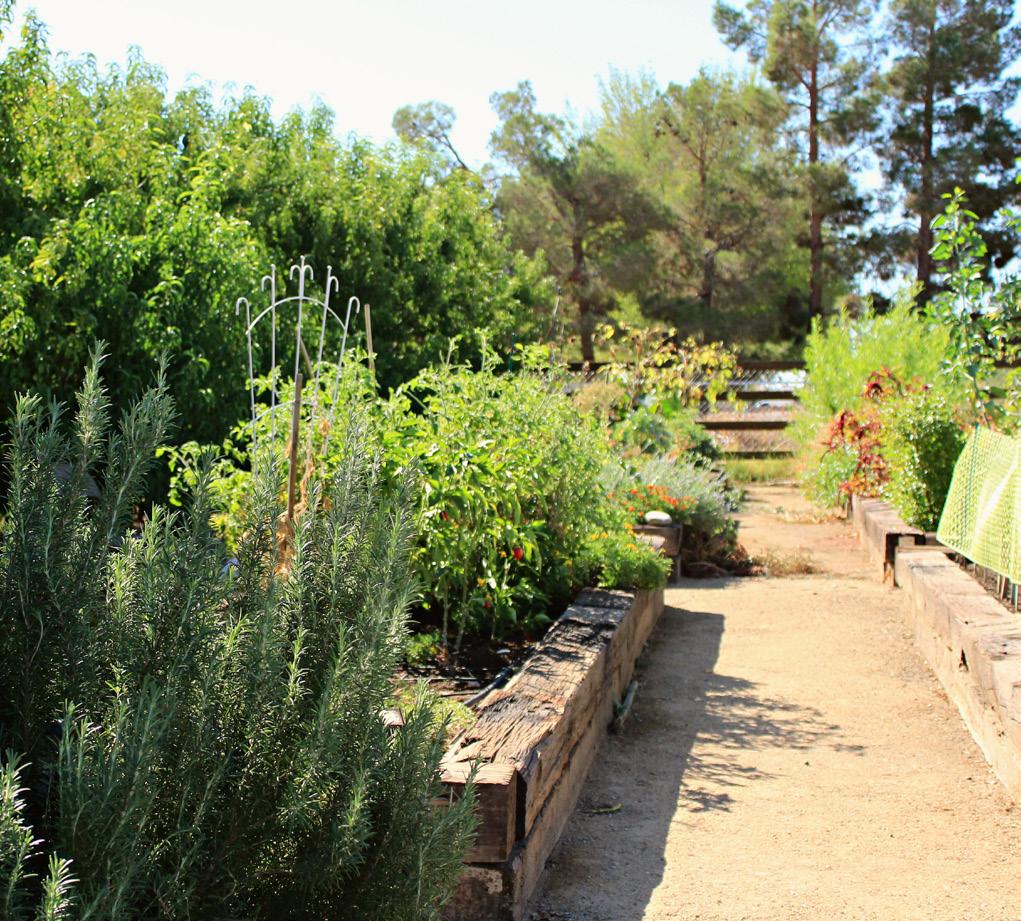

Because the San Miguel Community Garden is a volunteer-based facility with no paid workers, the garden’s upkeep is reliant on volunteer participa tion. In recent years, the garden has experienced an increased need for community volunteers. Many res idents of the El Jen Nursing Home help to care for the garden, but due to their age, they are unable to perform too many laborious tasks. If you or someone you know are interested in volunteering at the garden, visit their Facebook or Instagram pages by scanning the QR code below!




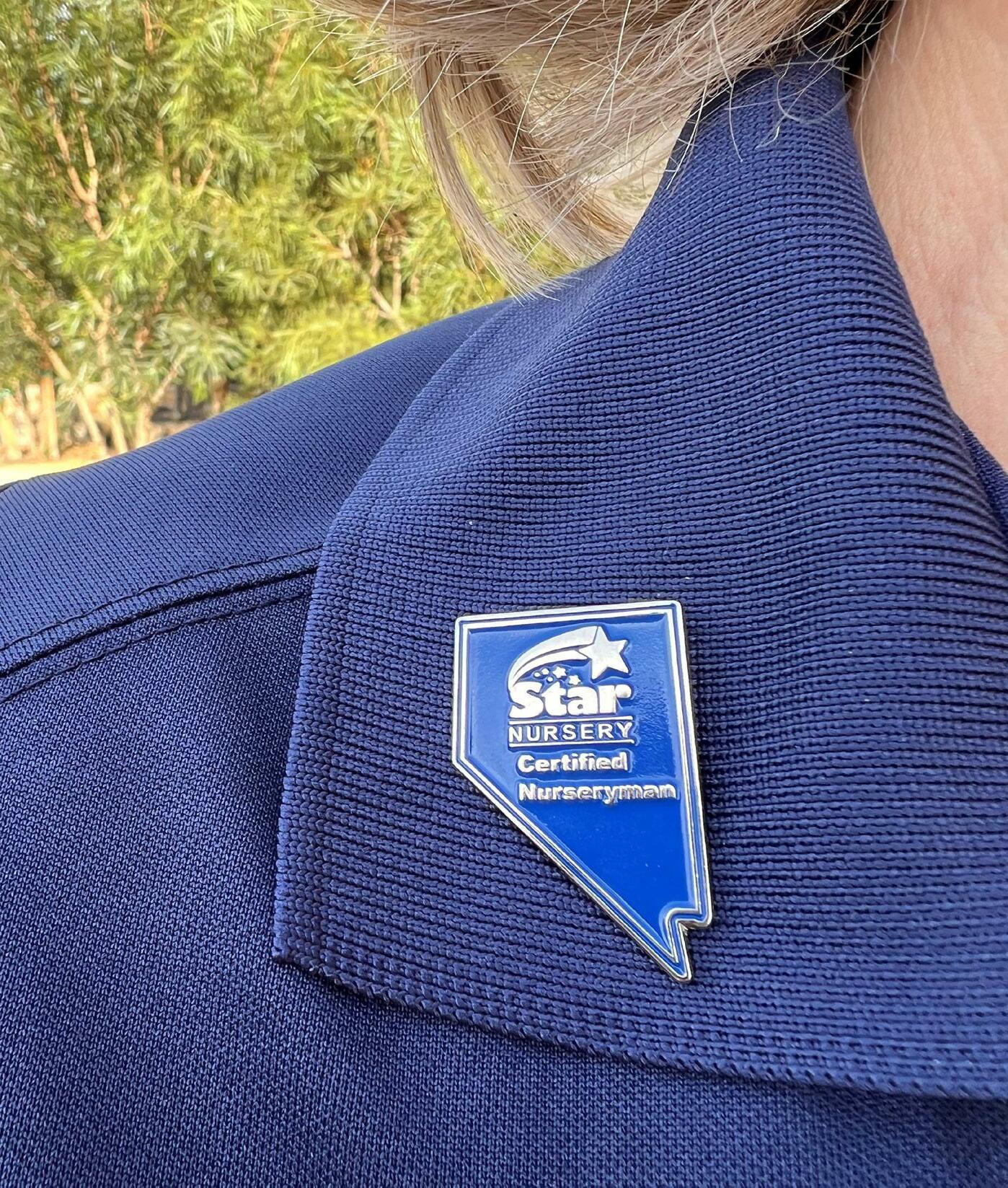

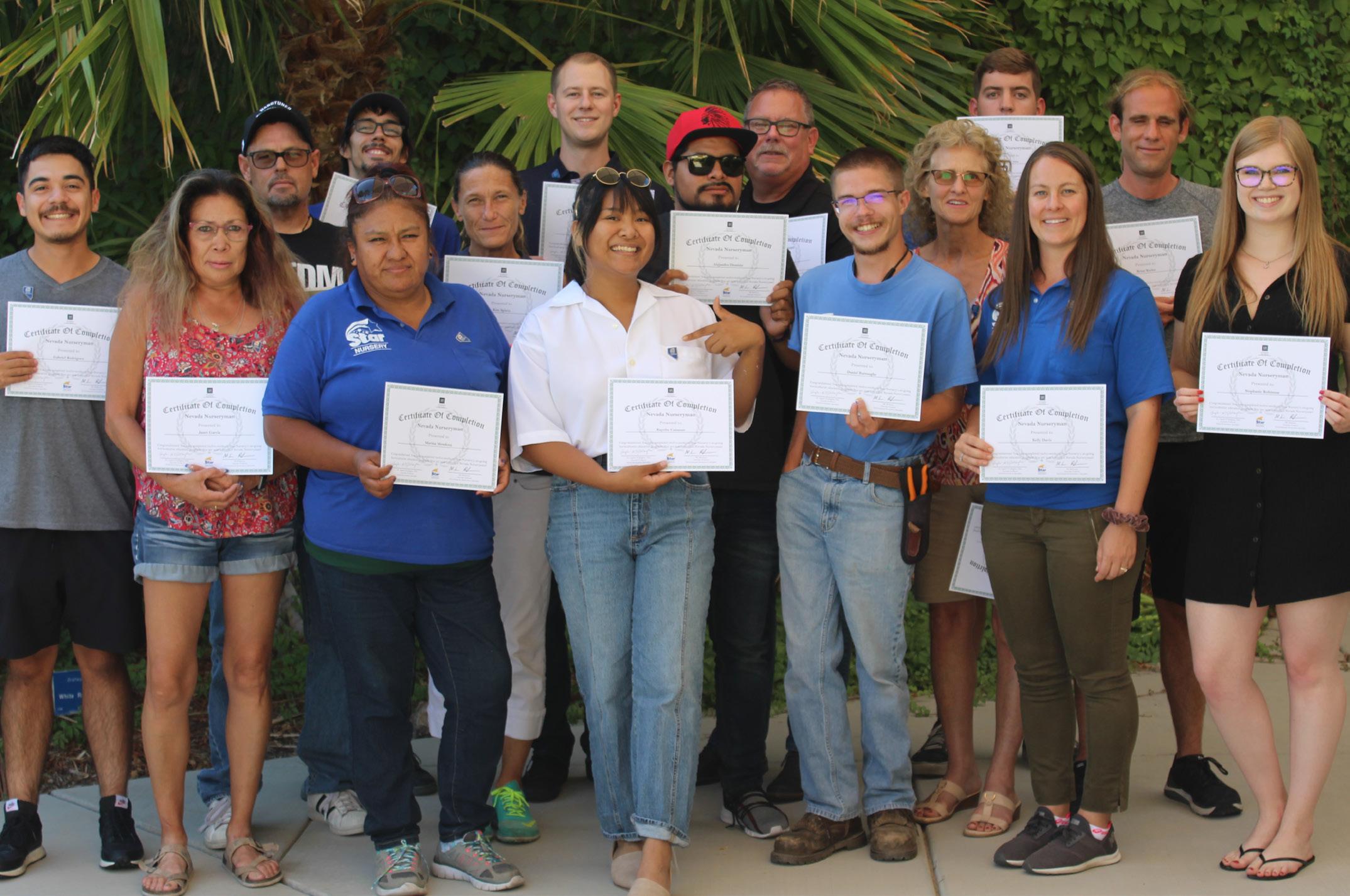
At Star Nursery, we understand that gardening in the desert can present many challenges, and since 1983, we have been committed to providing our community with the best advice. For forty years, Star Nursery em ployees have explored many avenues of continued edu cation to bring the best advice to our gardeners. Most recently, we have partnered with the University of Neva da, Reno Extension to create the Certified Nevada Nurs erymen course. Taught by gardening experts Dr. Angela O’Callaghan and ML Robinson, the Nevada Nurserymen course continues Star Nursery’s history of disseminating expert advice to local gardeners.
Over the course of twelve weeks, nurserymen students explore a variety of topics including plant biology, palms, fruit trees, indoor horticulture, container gardening, irrigation, soil amendments, fertilizers, weeds, and insects. Most notably, our students are introduced to topics that are specific to our zone 9 area, including native plants and cacti, desert bioscape, and desert envi ronment problems.
Since establishing the course in 2021, dozens of Star Nursery team members have graduated, and even more are currently participating in the winter semester. This past summer, we had our largest graduating class with a total of seventeen students! Each store in the Las Vegas area now has multiple resident experts that are able to ensure gardeners find success. When shopping, look out for the blue Nevada pin, as it signifies that our team member is a resident expert!
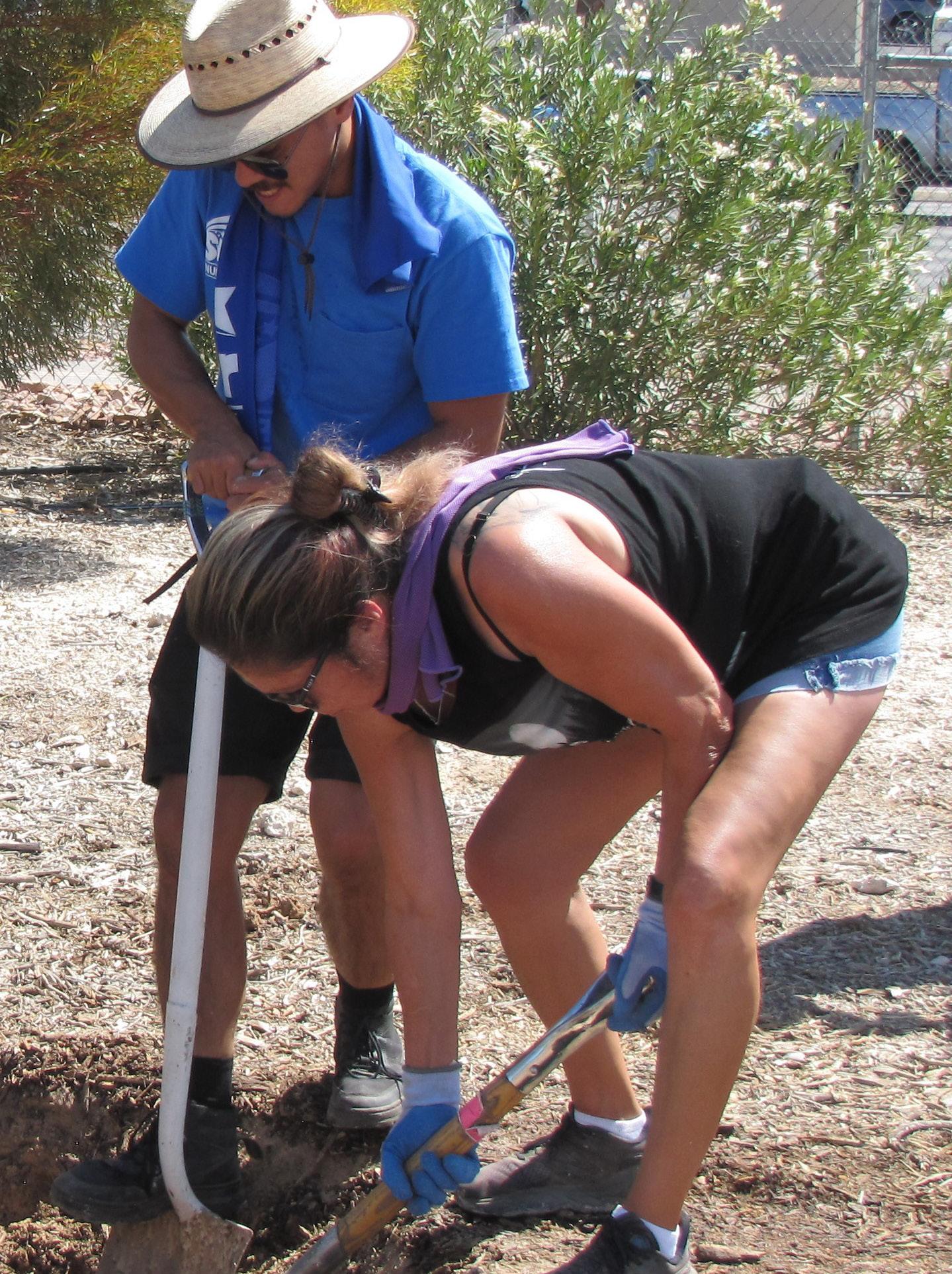

We would like to thank our team members who have committed their time to continued education. At Star Nursery, we pride ourselves on offering our garden ers the right price and the best advice. The next time you visit the nursery, be sure to ask for a resident expert!










